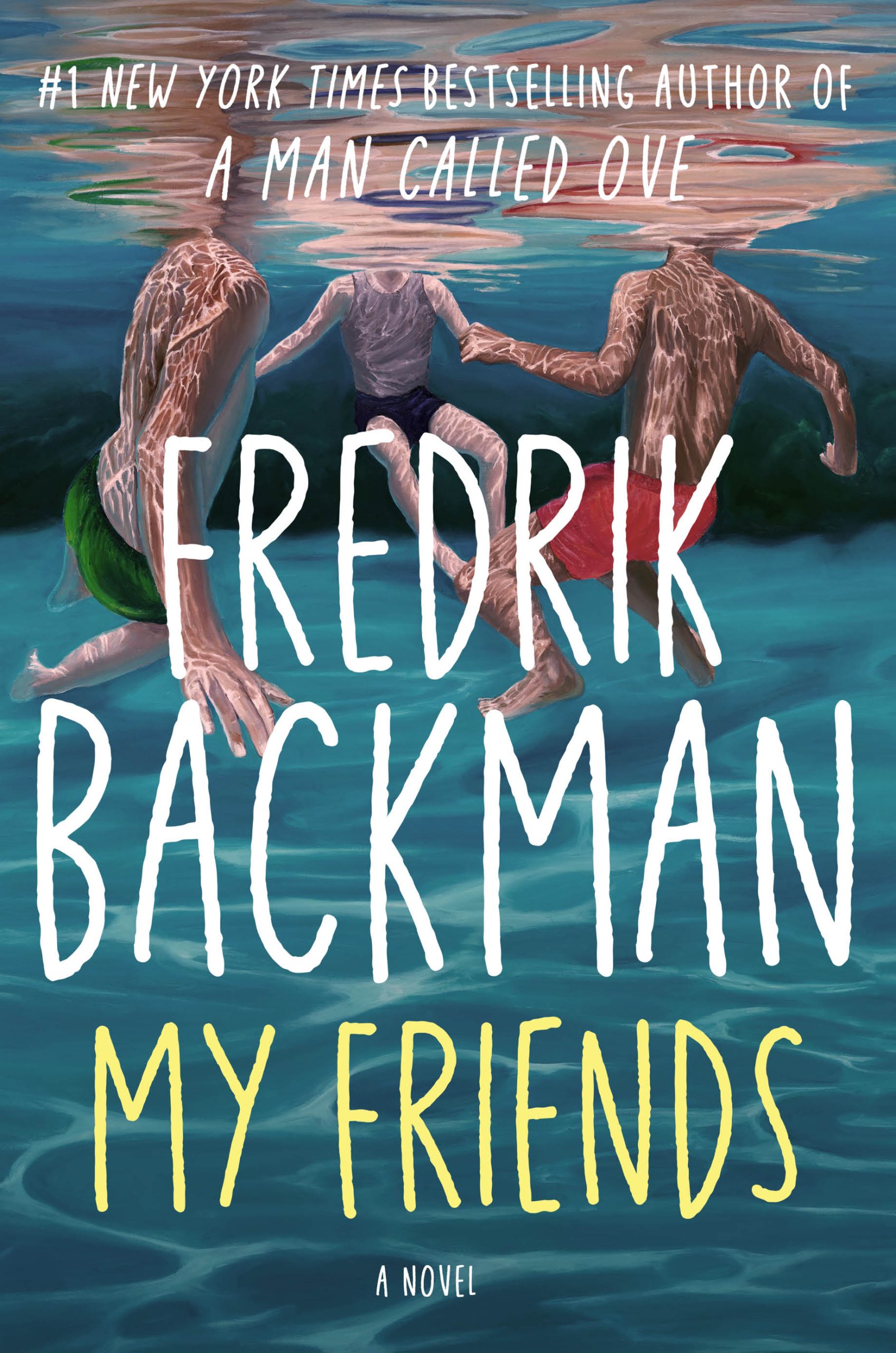SNQ: Fredrik Backman’s “My Friends”
by Miles Raymer

Summary:
Fredrik Backman’s My Friends is a novel about the intersection between human connection and artistic inspiration. It begins with Louisa, a gritty and gifted young woman with a burning desire to visit a particular famous painting in an art gallery. Through a series of unexpected events, Louisa finds herself traveling with Ted, a man who was present when the famous painting was created twenty-five years ago. As their relationship develops, Ted begins telling Louisa about the painting’s origins, centering on four teens growing up in tough circumstances who bonded over the course of a summer vacation. These friends realized that one member of the group had a rare artistic talent and committed to helping him realize his potential. The novel travels back and forth in time as we learn the fates of these young people and their story’s impact on Louisa’s personal journey.
Key Concepts and Notes:
- Backman’s writing is entertaining and elegant, with lots of creative imagery, clever metaphors, and insights into the human condition. The novel captures something true and profound about the ephemeral joys of youth and the magic of discovering interpersonal connection during adolescence. Cover to cover, My Friends is a pleasure to read.
- While the core theme is the relationship between art and friendship, Backman also explores ideas about childhood adversity, domestic violence, addiction, poverty, and intergenerational trauma. He is especially preoccupied with the ways that adults and young people see the world differently and often misunderstand each other, as well as how these perceptual differences can become complementary through healthy communication, curiosity, and mutual respect.
- Although I found this book to be quite artful and moving at times, I didn’t emotionally connect with it on the level that I suspect the author intended. I don’t think this is a fault of the book but rather something about my own response to it. I sometimes felt like Backman was trying too hard to make me laugh or tug on my heartstrings, which brought about a kind of resistance to fully giving myself over to the novel’s drama. But I do think it’s an objectively good novel and would especially recommend to readers who enjoy stories about adolescence, friendship, and art.
Favorite Quotes:
There is a speed at which a heart can beat that you can’t remember when you’ve stopped being young. There is art that can be so beautiful that it makes a teenager too big for her body. There is a sort of happiness so overwhelming that it is almost unbearable, your soul seems to kick its way through your bones. You can see a painting, and for a single moment of your life, just for a single breath, you can forget to be afraid. (7)
Being a parent is so strange, all our children’s pain belongs to us, but so does their joy. (124)
Lucky children often ask what the most dangerous animal in the world is, but all other children already know. It isn’t the lion or the hippopotamus or the snake or the spider or the shark. The most dangerous creature on the planet is, and has always been, a young man. And the worst thing about a young man? That until very recently he was just a boy. No one gets any warning when he stops being one. (254-5)
In a library. You don’t have to put up with reality there. It’s as if thousands of strangers have given away their imaginary friends, they’re sitting on the shelves and calling to you as you walk past. There’s an author called Donna Tartt who describes why a person falls in love with art: “It’s a secret whisper from an alleyway. Psst, you. Hey kid. Yes, you.” That’s what libraries feel like for me. (306)
Violence isn’t a genetic illness, violence is a contagion, it passes from skin to skin. The heart gets infected. (324)
It’s art that helps me cope. Because art is fragile magic, just like love, and that’s humanity’s only defense against death. That we create and paint and dance and fall in love, that’s our rebellion against eternity. Everything beautiful is a shield. (417)